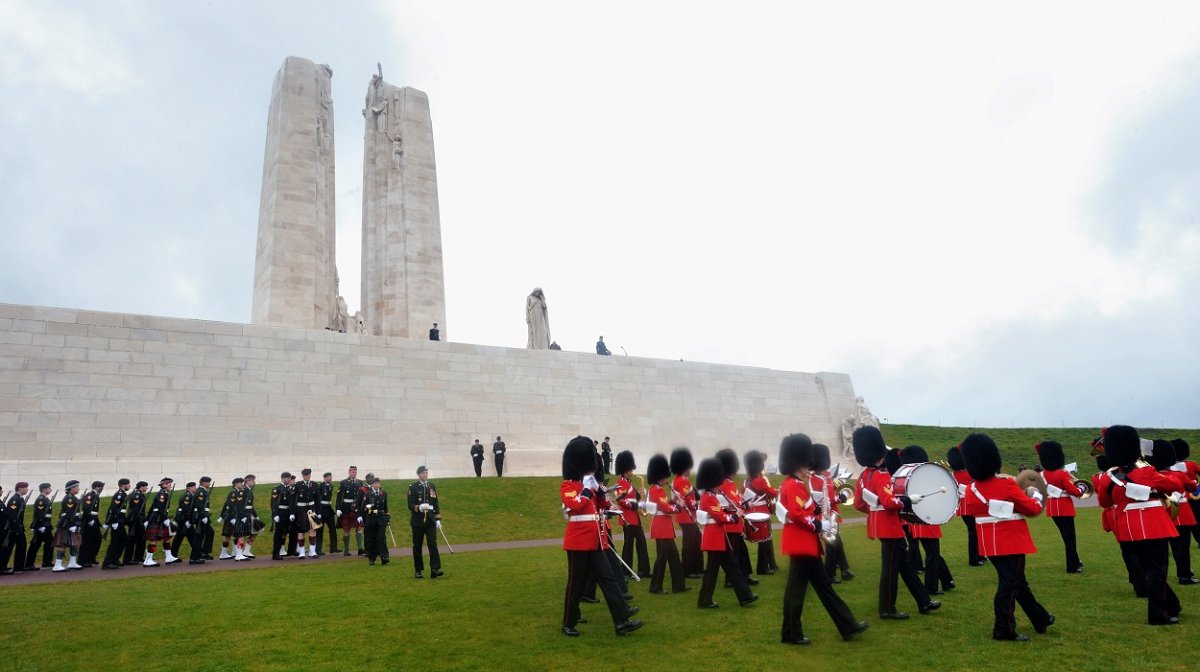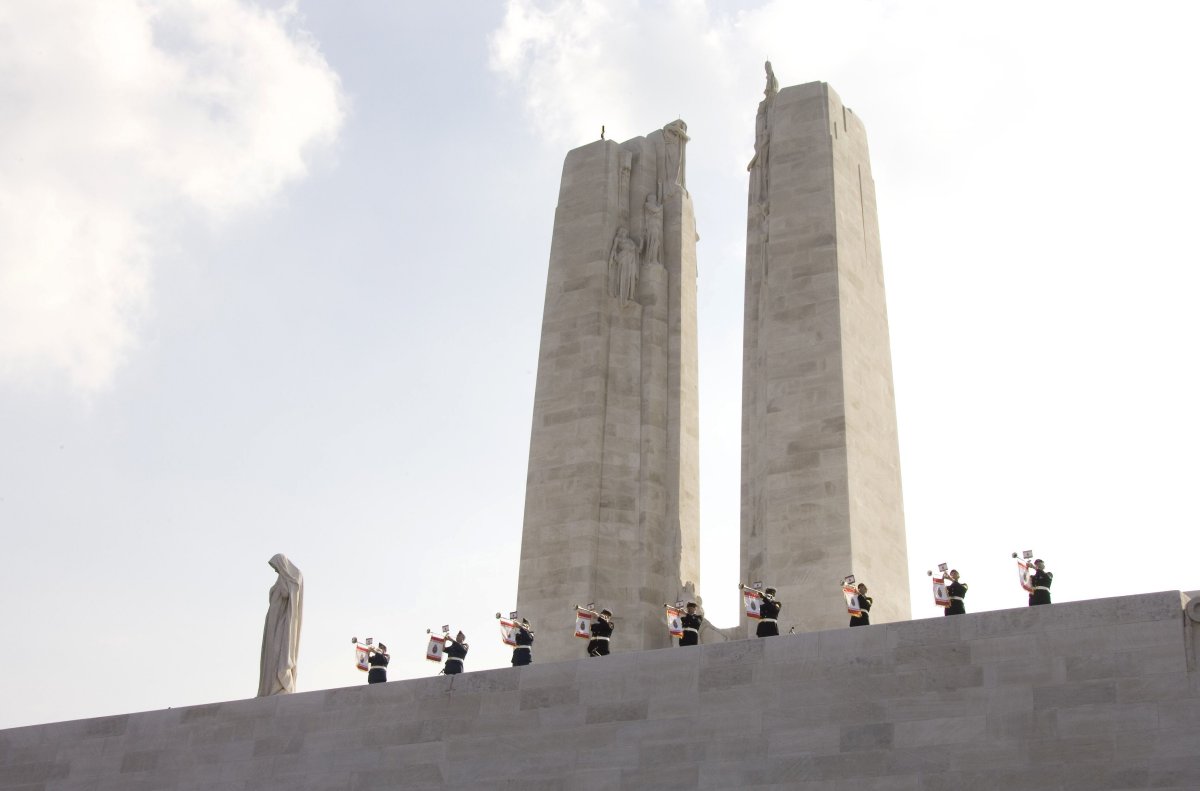For Rosemarie Biggs, the Battle of Vimy Ridge and the monument in France remembering it holds a special place in her heart, particularly because of the role her family played in that monument.

Biggs, who is in her 70s and now lives in Edmonton, is the niece of the woman who the “Mother Canada” statue at the Canadian National Vimy Memorial in France was modelled after.
READ MORE: Justin Trudeau, British royals pay homage to fallen Canadian soldiers at Vimy Ridge
Growing up, Biggs had heard the story, but it more recently came to light as Canada prepared to commemorate the 100th anniversary of the Battle of Vimy Ridge.

WATCH ABOVE: Rosemarie Biggs is the niece of the woman who modeled for the Mother Canada statue at Vimy Ridge. She joined Global News Morning Weekend to tell us about her aunt and her life.
Biggs’ aunt Edna Alice Jennings was born in Yorkshire, England in 1902.
“Her ambition was to be a professional dancer. But in those days, in Victorian times, women who went into the entertainment business were frowned on somewhat,” she said.
“She was determined that was going to go and do what she wanted. My aunt… moved to London and she joined a dance group and they went on tour.”
Biggs said her aunt contracted typhoid fever while on tour.
“In those days, in the early 1920s, they said if you had typhoid fever, you were left with a very weak heart. The doctor told her she had to stop dancing. My god, she was absolutely devastated,” she said.
Then, one day a fellow dancer visited her and showed her a theatre magazine with an ad from sculptor Walter Seymour Allward, who was looking for a model.
“He said Mother Canada had a huge burden to carry.”
Jennings modelled for the Allward for two years. Many years later, Biggs was born and the story first came to light when she was a teenager. Then she visited Vimy Ridge in her 20s and saw the statue firsthand.
READ MORE: French town plastered with over 500 Canadian flags for Vimy Ridge anniversary
“It was very emotional. It’s a very moving feeling looking out there. When you look at it, she’s looking quite sad,” she said.
Biggs said her aunt only saw the status decades later when she was in her 70s.
“[One of her daughters] said her mother was absolutely overwhelmed to see this huge statue and to think she was a part of creating this,” she said.
Jennings passed away in 1995; Biggs is eager to share the family story and the role her aunt played in the iconic statue.
She recounts a memory shared by her cousin, who took her three children to Vimy Ridge in the 1960s.
“The youngest son went running over to [a group of veterans] and he pointed to the war memorial and he said, ‘Look, there’s my grandma standing there.’ They said, ‘You know we’ve been in love with Mother Canada for the last 50 years but we never knew her name.’ They wrote a charming letter to her mother, which of course she was just thrilled to have,” Biggs said.
The Vimy Ridge statue is actually named “Canada Bereft,” but is more widely known as Mother Canada. An excerpt from the Veterans Affairs Canada website reads:
Designed by Canadian sculptor and architect Walter Seymour Allward, the Canadian National Vimy Memorial took eleven years to build. It rests on a bed of 11,000 tonnes of concrete, reinforced with hundreds of tonnes of steel. Its towering pylons and sculptured figures contain almost 6,000 tonnes of limestone brought to the site from an abandoned Roman quarry on the Adriatic Sea (in present day Croatia).
Twenty sculpted, symbolic figures grace the monument, each carved where they now stand from huge blocks of limestone. The largest, a mourning figure known as Canada Bereft, was carved from a single 30-tonne block. Head bowed in sorrow, she provides a powerful representation of Canada, a young nation grieving her dead. Overlooking the Douai Plain, she gazes down upon a symbolic tomb draped in laurel branches and bearing a helmet and sword.













Comments